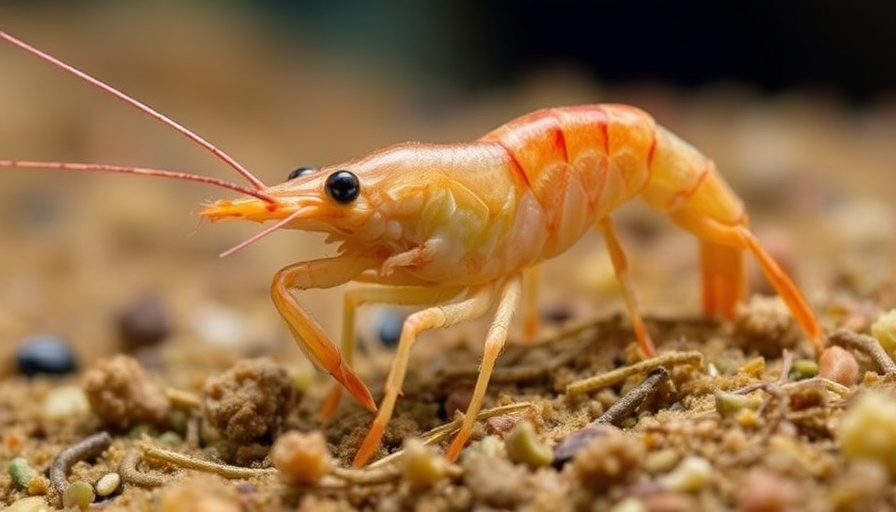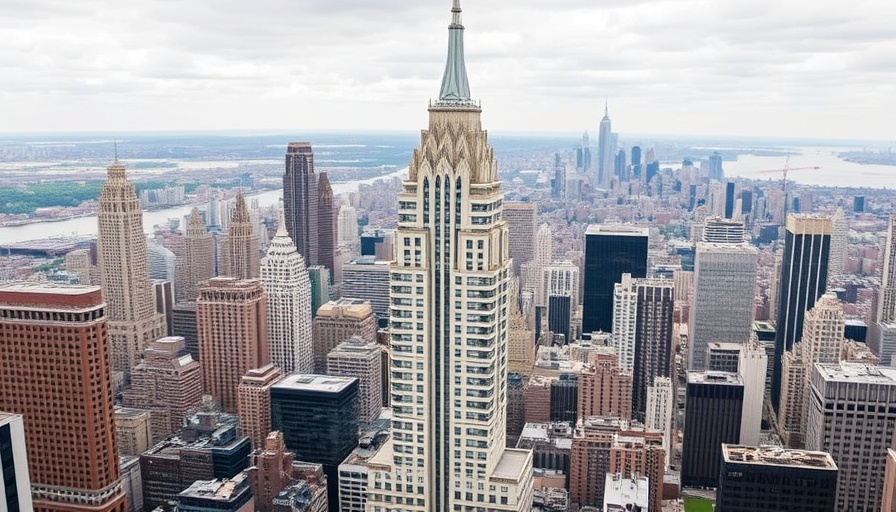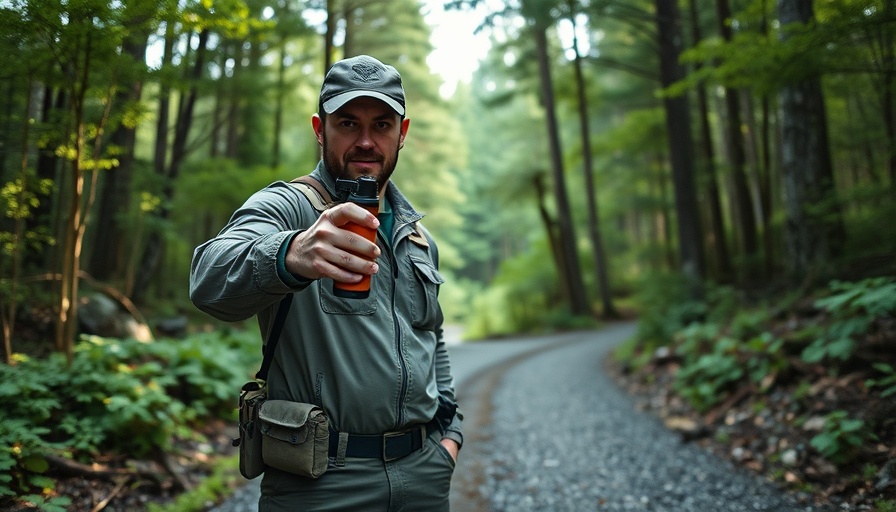
Understanding Our Oceanic Origins
Do you ever gaze at shrimp and think of them as mere bugs of the sea? What if I told you that, according to recent scientific findings, insects actually share a fascinating evolutionary link with these aquatic creatures? This thought-provoking revelation reshapes our understanding of life’s complex web and directly impacts how we perceive our surroundings, especially in a vibrant locale like San Diego.
The Surprising Connection Between Bugs and Crustaceans
In a wonderful twist of fate, researchers have discovered that insects are more closely related to crustaceans like shrimp and crabs than we ever imagined. A study published in the journal Molecular Biology and Evolution suggests that insects fall under a broad group known as pancrustacea, which includes not just familiar sea dwellers, but also unexpected land companions—our local bug population.
The study, led by paleontologist Joanna Wolfe from Harvard University, highlights how evolutionary structures can reshape our perception of categorizing life. While these insights have taken nearly a century to uncover, they shine a light on the dynamic paths of evolution. Just as birds are classified as dinosaurs, insects are now recognized as modified crustaceans, a reflection of how classification can evolve as we learn more.
Evolution's Intricate Web: A New Perspective
Imagine looking at life through a completely new lens—one that reveals unexpected kinship. Paleontologists found that insects and crustaceans share similar structures in their eyes and nervous systems. Despite the appearance of differences, their genetic background tells a story of connection, challenging traditional views and prompting a reconsideration of how we perceive local wildlife. For San Diego residents, this newfound understanding can inspire curiosity about the natural world around us.
Embracing Biodiversity: The Value of Understanding
This intriguing connection between marine and terrestrial species underscores the importance of biodiversity and ecological balance. By recognizing that insects are essentially the shrimp of the land, we cultivate a deeper appreciation for the roles that all living beings play within our environment. This knowledge can encourage mindfulness in our daily lives and foster a sense of stewardship towards local ecosystems.
The Local Impact: What This Means for San Diego
As a coastal city, San Diego is uniquely positioned at the intersection of land and sea. With beaches teeming with vibrant marine life and urban areas buzzing with various insect species, understanding these connections enhances our appreciation for local biodiversity. In San Diego, embracing the knowledge that insects are akin to crustaceans may inspire residents to engage with their environment more thoughtfully—whether that means practicing sustainability or participating in beach cleanups.
Exploring Our Natural World: Actions to Take
What can you do with this newfound insight? Here's how you can be an active participant:
- Educate Yourself: Discover more about the diverse species living around us and their ecological roles.
- Engage with Nature: Visit local parks and beaches, observing how various species interconnect.
- Support Local Conservation: Participate in local initiatives aimed at protecting San Diego's unique environment.
Final Thoughts: A Call to Action
Understanding that insects are, in a sense, the land's shrimp invites us to approach our environment with renewed curiosity and responsibility. This vital knowledge not only enriches our awareness of the world around us but also empowers us to act. Get involved in conserving our beautiful San Diego ecosystems, for every action counts in the grand narrative of life.
For further exploration of our environment and to stay informed about local initiatives, consider subscribing to eco-conscious newsletters or joining community groups focused on conservation efforts. Together, we can make a positive impact!
 Add Row
Add Row  Add
Add 




 Add Row
Add Row  Add
Add 

Write A Comment